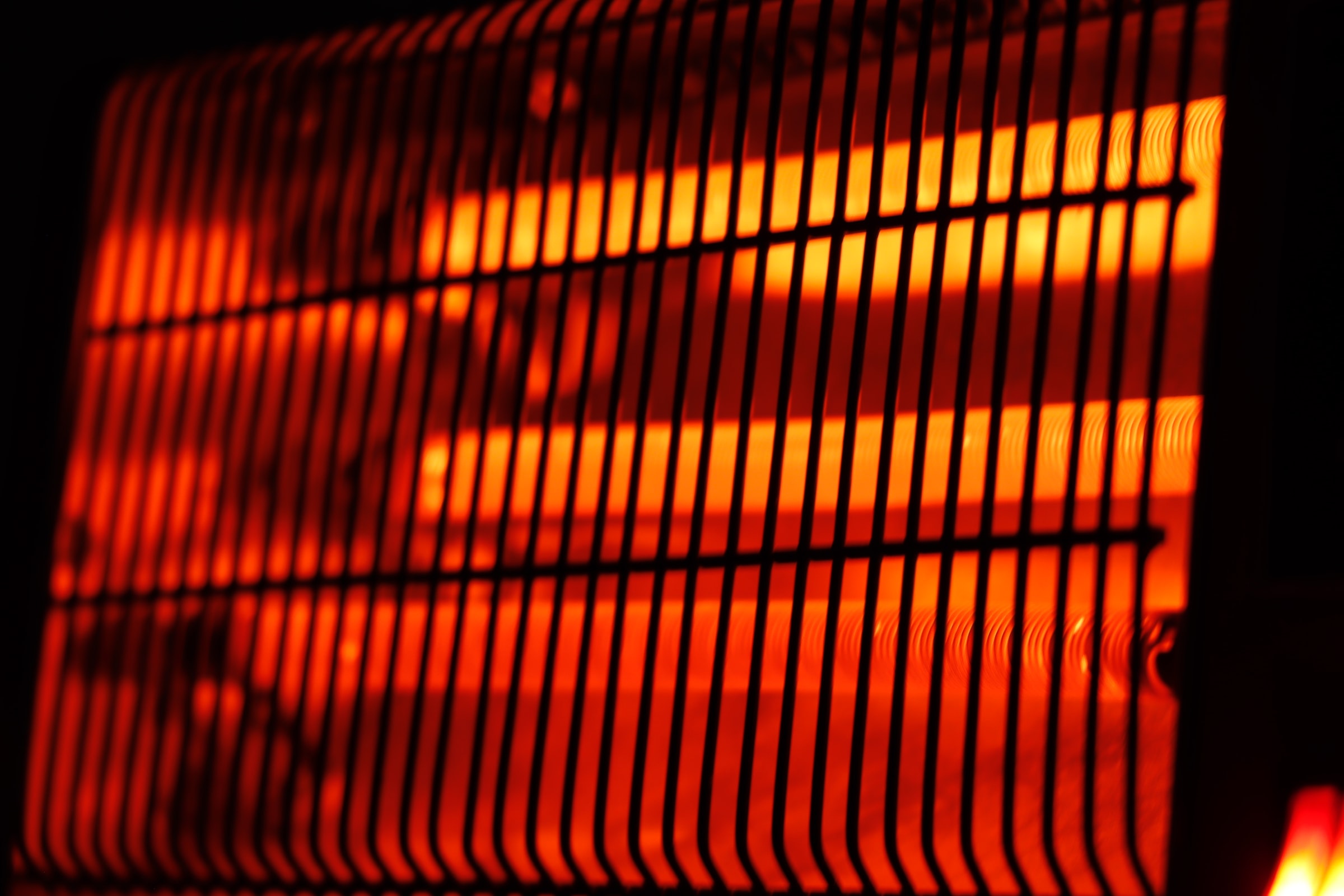All homeowners want to maintain a comfortable temperature in their homes year-round. Many models of heating and cooling systems are available on the market, but in this article, we will focus on electric furnace. The electric furnace is an environmentally friendly heating system that is very efficient and turns 100% of the fuel into heat.
If you are looking to gather a little more information regarding the electric furnace, you have come to the right place. However, electric heating is expensive, and therefore these systems may not fit your budget. The choice of a heating system should not be made lightly to ensure comfort in your home. Instead of opting for a conventional heating system, we suggest you choose a furnace, especially an electric furnace. In this article, you’ll find out how it works, as well as tips on how to maintain it.
How an electric furnace works

An electric furnace generally works like a conventional heater. The basic components are still present, such as the heating relay, the power relay, the plenum, the air ducts, the transformer, the sequencers, etc. It works with the indoor air’s action and energy conversion into heat through a forced air heating system.
The thermostat sends a signal to the furnace unit when the room temperature is below the heat set point. This is manifested by the activation of the electric heating elements to reproduce the heat. While the blower forces the heated air through all the rooms, the intake duct draws in the fresh air. The electric elements and the fan stop working once the thermostat detects the desired temperature.
The different types of electric furnaces
In general, there are three types of electric furnaces:
-
- The fixed-speed furnace has multiple fan speeds. When installed, the speed chosen depends on the ventilation ducts. Generally, this furnace has one stage with an on/off mode. There is also a two-stage model with a function to adjust the intensity of the unit to the middle.
-
- The fully variable furnace allows you to adjust the blower and electrical elements to your liking. This type of electric furnace contributes to lower energy bills.
-
- The variable electric element furnace has an electronic board to calculate the energy needed to heat your home at a fixed rate.
The advantages of an electric furnace
It is recommended to choose an electric furnace because it:
-
- Is odorless
-
- Provides acoustic comfort by emitting less noise, or none for recent models
-
- Effectively filters the air inside the house
-
- Does not emit carbon monoxide or dust
-
- Contributes favorably to the reduction of the humidity rate
-
- Adapts to any type of support (wall, floor, etc.)
-
- Adapts to existing ventilation ducts
-
- Has fewer elements to clean
-
- Can be installed without having to install a chimney
-
- Can be powered by solar panels.
Maintenance of an electric furnace

An electric furnace requires annual maintenance to optimize its operation and extend its life. To do this, make sure the water and air are at the right level. You should also check if the combustion chamber can still provide the required level of heat. Consider a water flush if the water contamination level is not up to standard. It is always necessary to call a furnace maintenance specialist to make a complete evaluation.
On the other hand, your electric furnace may give off signs that should alert you. If water manages to leak from the pump and valves, get the furnace repaired quickly. Also, don’t forget to check the insulation of your unit from time to time. Heat loss occurs if you notice a significant increase in the temperature of the walls and hot water pipes. To limit the damage, call in the services of a heating plumber. He will be able to check the condition of your plumbing system at the same time.
Sound off in the comments section below, and tell us what you want to read next and if you want to read more about electric furnaces.

